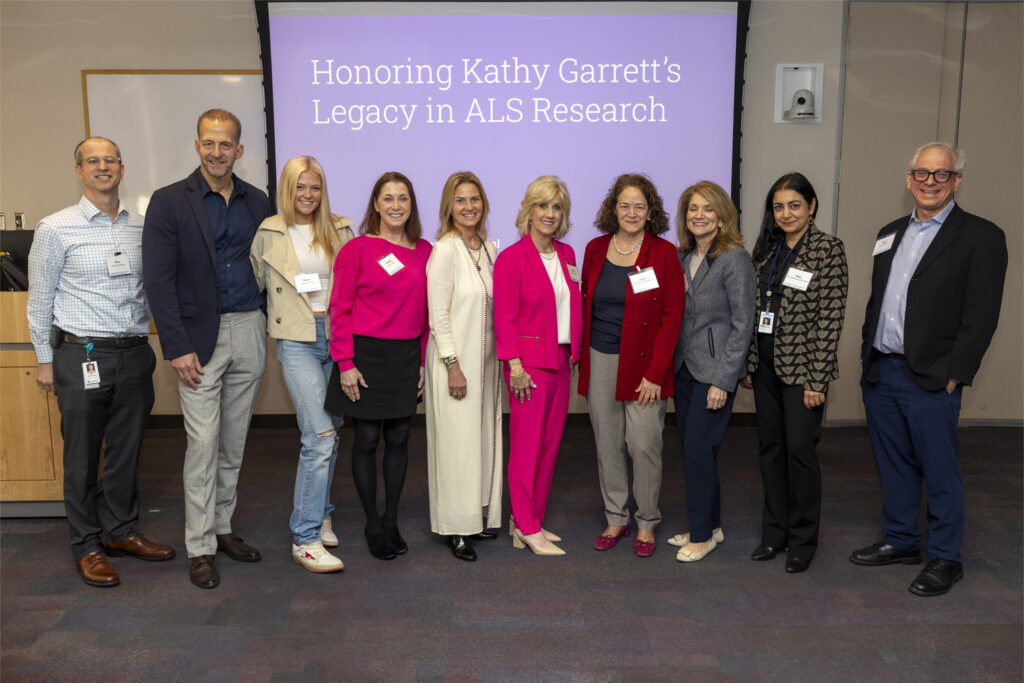Jasmeer Chhatwal, MD, PhD, is a neurologist at Massachusetts General Hospital’s Memory Disorders Unit and an investigator for the Harvard Aging Brain Study at Mass General’s Athinoula A. Martinos Center for Biomedical Imaging. The Harvard Aging Brain Study — led by Reisa Sperling, MD, and Keith Johnson, MD — has followed older adults for years, carefully measuring brain and memory changes in people at risk of developing dementias like Alzheimer’s disease. The goal is to learn more about stopping or preventing these dreaded diseases.

Dr. Chhatwal and his colleagues recently reported further compelling evidence that modestly increasing daily physical activity in combination with lowering “vascular risk” may be strongly protective against cognitive decline. In a recent interview, he explained what this means for those who want to maintain brain health.
What puts us at risk of Alzheimer’s besides getting older?
Alzheimer’s disease is characterized by the buildup of amyloid and tau proteins in the brain. The current thinking is that amyloid buildup happens first and leads to the development of tau protein tangles, which, in turn, kills nerve cells. We know that the buildup of amyloid occurs many years before there are symptoms of memory loss and impaired thinking. Studies like the Harvard Aging Brain Study have established that people with amyloid protein buildup who are still cognitively normal are at high risk of developing cognitive impairment in the near future.
Our recent paper shows that people who maintain very attainable levels of physical activity have quite a bit less memory loss and brain tissue loss over time.
But many age-related factors feed into risk of cognitive impairment besides amyloid protein buildup. A major focus of our research is understanding how these other factors – vascular factors (things that affect blood vessels, including blood pressure and diabetes), physical activity and sleep patterns – act together with amyloid over time. We want to understand what we can modify to reduce the emergence of cognitive decline.
What’s the takeaway message from your study?
Our work with both physical activity and vascular risk supports the idea that you can do something to reduce the risk of developing Alzheimer’s. It is not as inevitable as people sometimes fear, even if Alzheimer’s proteins have started to accumulate in the brain.
Our recent paper with physical activity shows that people who maintain very attainable levels of physical activity (around 8,000 steps per day) have quite a bit less memory loss and brain tissue loss over time. People with lower vascular risk (lower blood pressure, body mass index, for example) also did better over time. The effects of lower vascular risk added to the benefits of physical activity.
How much exercise does it take to protect against memory decline?
The good news is that any little bit counts. High levels of potential benefit were seen even at pretty modest levels of activity. Our participants wore pedometers to count the number of steps they took. Their daily average was close to 6,000 steps, but we saw really strong brain protection at around 8,300 steps. Many people and fitness devices target 10,000 a day, but that can feel overwhelming. As I tell my patients, we’re not asking people to run marathons or be at the gym five days a week. We just need to keep people moving a bit more.
What are you studying next?
Dementia is a common part of aging, but I don’t think it’s a normal or inevitable part of aging.
We want to figure out how sleep disruption figures into this. There’s a lot of evidence suggesting that disrupted sleep may lead to Alzheimer’s protein buildup. And that variations in sleep contribute to day-to-day variations in memory and attention. Sleep patterns appear to also be closely related to physical activity patterns. So we’re starting a couple of major projects this fall to look at the evolution of sleep disruption with aging, how it relates to physical activity, and how it relates to the amyloid and tau protein buildup in the brain. I think sleep may be another potentially modifiable risk factor.
What do you do to preserve your brain health?
When I started doing this research, I started paying attention to my choices with respect to food and physical activity. I began limiting red meat, walking more, and going to the gym two to three times per week. These were not dramatic changes. As we and others have found, even modest increases in activity plus reduction of vascular risk factors may produce huge dividends.
Is aging without dementia achievable?
Dementia is a common part of aging, but I don’t think it’s a normal or inevitable part of aging. So, the goal is to extend people’s time with good quality of life. I don’t think lifestyle interventions are going to cure dementia or completely eliminate it. But they may delay it to the point where severe impairment is much less common than it is now.
For more information about supporting research on Alzheimer’s disease and other dementias, please contact us.






